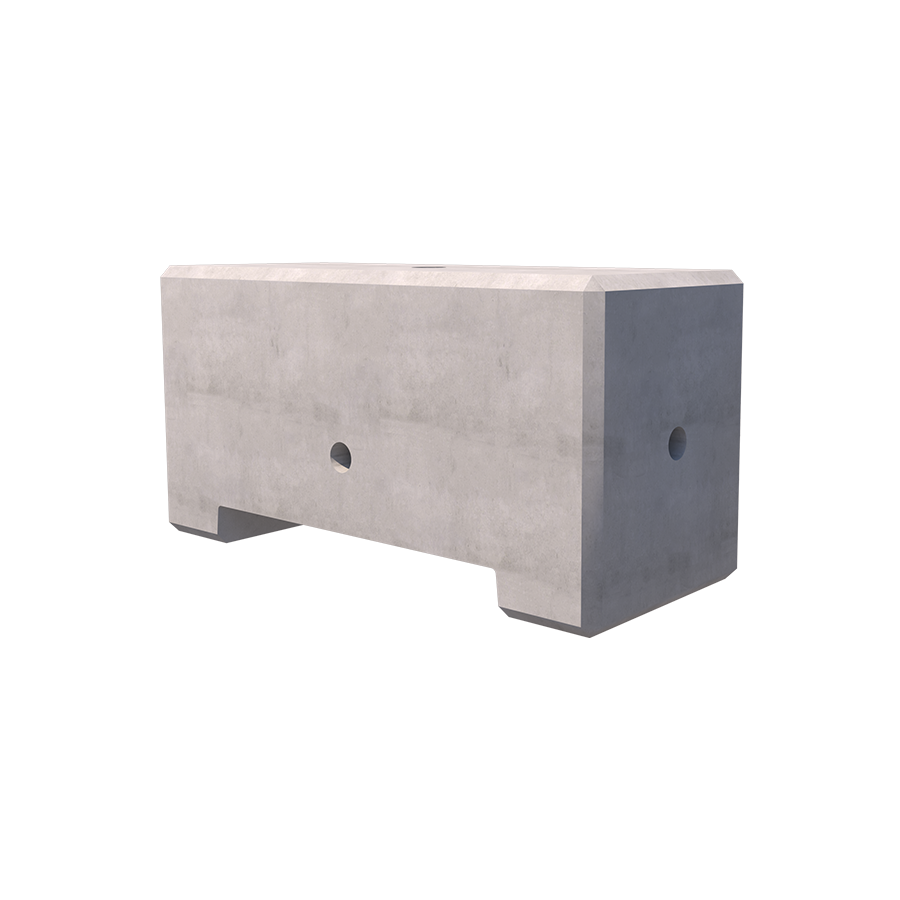Top Facts and Benefits You Should Know about Precast Concrete

As a major building and construction component, precast concrete has been used for years – and with stellar and superior results. Precast concrete is one of those elements that all building and construction sites will have, and there are various reasons why precast concrete remains the component of choice in every building and construction project. Not only can it serve as your commercial or business property’s walls (both internal and external), it can also serve as your property’s flooring, ceiling, gates, fencing, and more. Of course, there’s no denying the fact that precast concrete is incredibly versatile – but what else should you know about it for your building and construction endeavour? Here are some top facts and benefits you should know about precast concrete.
- It is highly resistant to fire and water
One of the most noteworthy facts about concrete is that it is virtually water- and fireproof. Concrete has an inherent property that makes it resistant to fire, and if precast concrete comes into contact with a fire source or flame, it will not release any toxic or harmful fumes. In addition, concrete comes with a slower rate of heat transfer or thermal conductivity compared to other building materials, and this alone makes it more effective as a fire shield. It’s precisely the reason why many buildings made from concrete can still stand after a fire even when other structures around it are engulfed.
Another notable aspect of concrete is that it is also waterproof. The concrete mixture combined with the membranes used for producing concrete makes it waterproof, hence why we can see a lot of structures underground, such as basements or cellars, parking garages, and lower levels, made from concrete.
- It has impressive and immensely high weight-bearing strength
Compressive or weight-bearing strength is the force required to break any material apart, and this is measured using psi or pounds per square inch. When it comes to concrete, you may be surprised to learn that its compressive or weight-bearing strength is from 3000 psi to up to 7000 psi, although the strength of as much as 20000 psi is also entirely possible. Thus, it’s not a problem for concrete to resist tremendously heavy loads – and it can do this due to its various properties, including a lower degree of shrinkage, a lower level of permeability, and a high strength or elasticity modulus.
Here’s another fact about concrete that may astound you as well: reinforced concrete material is the only material recommended and used for structures built underwater. Precast concrete is used to construct dams or bridges where part of the structure’s foundation will be underwater, which is due in part to its being anti-corrosive, as confirmed by precast concrete specialists like JP Concrete. When you place concrete underwater, the concrete will only deteriorate evenly and slowly, unlike other materials, which can be virtually destroyed by water in a short period.
- It is one of the most popular materials for road building and construction
Concrete is a prime material used for the construction of roads and motorways, not only because it lasts long and is incredibly strong and sturdy, but also because it is friendly to the environment and doesn’t require too much maintenance. You can even have precast concrete customised for specific conditions and uses, making it a truly effective material for building roads and motorways.

0 comments